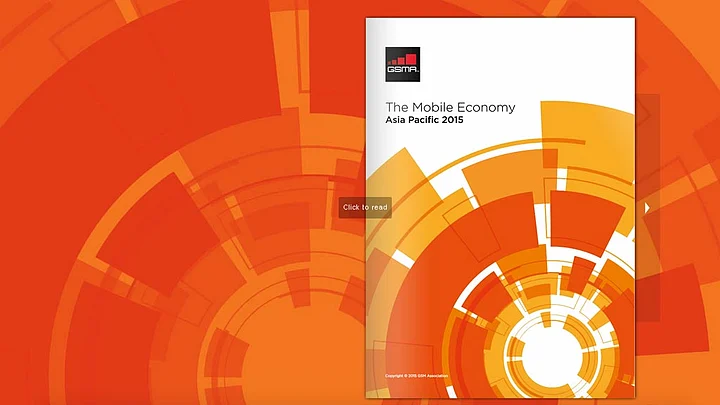According to a GSMA report that was published for Mobile World Congress 2015, Shanghai, the mobile industry in Asia Pacific contributed $1.1 trillion to the region’s economy in 2014.
This was equivalent to 4.7 per cent of the region’s GDP and was fuelled by rising mobile broadband and smartphone penetration.
The report that was titled ‘The Mobile Economy — Asia Pacific 2015’, says that the Asia Pacific now accounts for half of the world’s unique mobile subscribers and mobile connections and will continue to grow at a faster pace than the global average over the next five years, adding 600 million new unique subscribers by 2020.
In 2014 the mobile ecosystem directly and indirectly employed 12.5 million people in Asia Pacific, a figure expected to rise to 15 million by 2020.
The 4G Boom
Migration to 4G networks and services in markets such as China is now occurring at a faster rate than in developed regions such as Europe and North America.
However, many of the largest markets in the region are still relatively under-penetrated. For instance, India, Pakistan and Bangladesh have a combined population of over 1.6 billion but a unique subscriber penetration rate of only 36 per cent on average.
“Connecting these unconnected citizens will therefore be a major focus for both the mobile industry and policy-makers in the region over the coming years,” the report said.
4G migration varies widely across the region; South Korea and Japan lead the world in 4G adoption, but the region also contains markets where 4G deployments are at an early stage, such as India, Indonesia and Pakistan, or where 4G licensing has yet to take place, such as Bangladesh, Myanmar and Vietnam.
The Story of Smartphones
According to the GSMA report, smartphones now account for 40 per cent of connections in the Asia Pacific region and are set to account for two-thirds of the total by the end of the decade. The smartphone adoption is driving strong growth in mobile data traffic in the region.
(At The Quint, we question everything. Play an active role in shaping our journalism by becoming a member today.)
